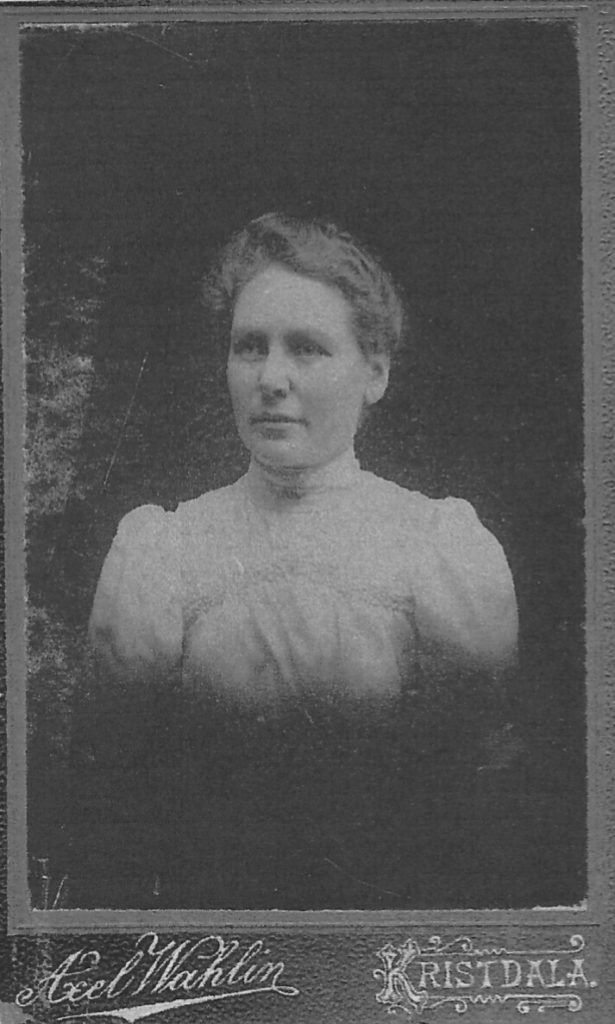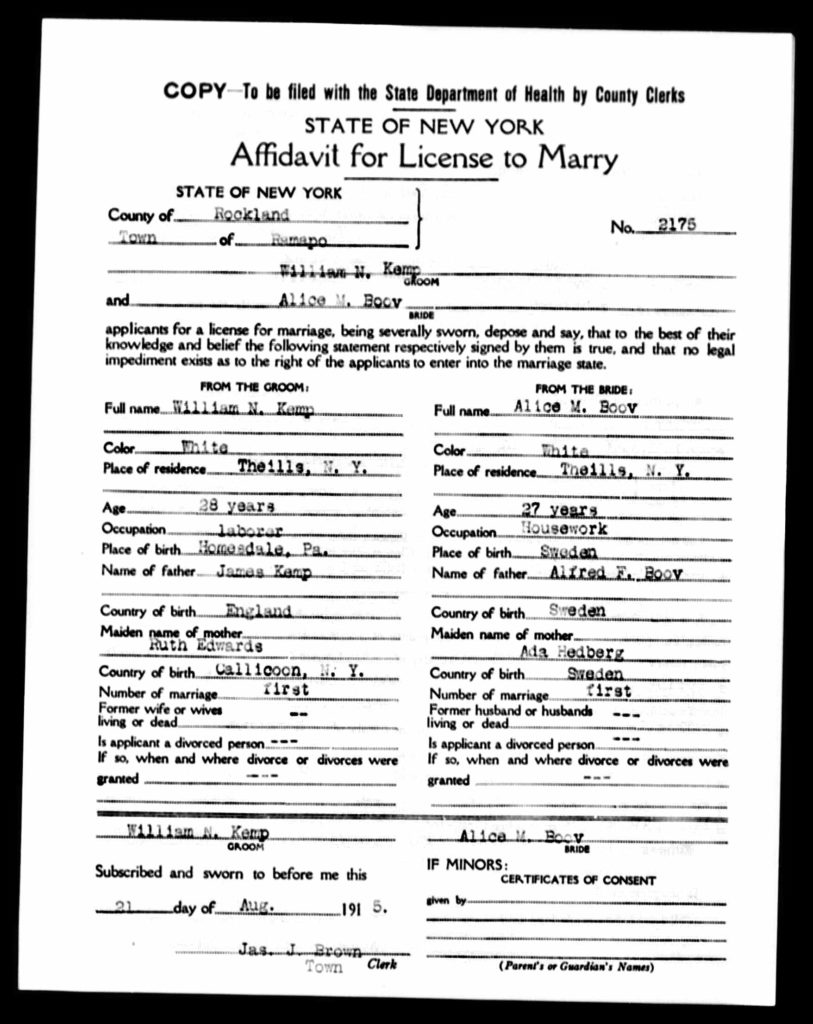I was visiting in Sweden a couple of summers ago, and had to get up early for an appointment. On my way back I passed through a park. It was still early, probably before nine, and the air was cool the way it is in the summer when you know the day is going to be hot.
There were a couple of blonde girls raking leaves in the park. They looked like volleyball players, tall, and strong. I couldn’t figure out what they were doing until I remembered that Swedish high school and college students often have summer jobs filling in during the regular staff’s summer vacation. (Swedish employees have around 6 weeks of paid vacation time, and usually take 4 of those weeks back to back during the summer.) Outdoor summer jobs are the best, because, well, you get to spend all summer outdoors. When I was growing up you’d only get the outdoor jobs through connections.
Right now I’m also remembering an affluent young woman, one of my students in Silicon Valley. She had grown up on a ranch in Morgan Hill, in the south end of the San Francisco Bay Area. As an undergraduate she spent a semester studying abroad in London.
When she came back to school in California I asked her about her time in London. It soon became obvious there was some part of her experience she didn’t want to name. It took some prodding, but finally she told me and her classmates that in London had been the first time she’d seen white people do manual labor. White people, looking just like herself, had cleaned, sold tickets to the Underground, worked in the supermarkets, and swept the streets. She’d never before experienced anything like it.

